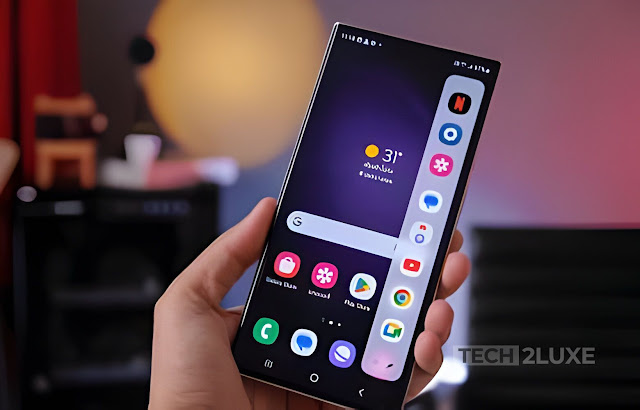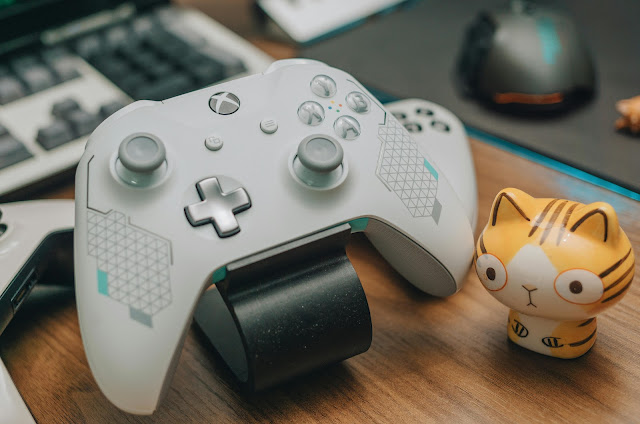Overreliance on Wearable Technology for Fitness: A Concerning Trend
Future of wearable technology
Wearable technology has become increasingly popular in recent years, with the market flooded with a variety of devices designed to track and monitor our every move. From smartwatches and fitness bands to smart clothing and even implantable devices, the possibilities seem endless. But as we become more reliant on wearable technology for fitness, there is a concerning trend emerging.
While wearable devices can offer many benefits, including increased motivation, improved tracking, and personalized feedback, there are also risks associated with relying too heavily on these devices.
Fitness monitoring in wearables
One of the key features of wearable technology for fitness is the ability to monitor various aspects of our health and fitness. These devices can track our heart rate, sleep patterns, steps taken, calories burned, and much more. This data can help us set goals, measure progress, and make informed decisions about our fitness routines.
However, it is important to remember that these devices are not infallible. They rely on sensors and algorithms to collect and interpret data, which can sometimes lead to inaccuracies. For example, a fitness band may overestimate the number of calories burned during a workout or underestimate the distance covered during a run.
In addition, while wearable devices can provide valuable insights into our health and fitness, they should not be seen as a substitute for professional medical advice. If you have specific health concerns or medical conditions, it is important to consult with a healthcare professional before making any changes to your fitness routine based on data from a wearable device.
Safe use of wearable fitness devices
While wearable technology can be a useful tool for tracking and improving fitness, it is important to use these devices safely and responsibly. Here are some tips to help you make the most of your wearable device:
- Choose a device that suits your needs: There are many different types of wearable devices available, so it is important to choose one that best fits your goals and lifestyle. Consider factors such as battery life, waterproofing, compatibility with your smartphone, and the specific features you are interested in.
- Set realistic goals: It can be tempting to set lofty goals based on the data provided by your wearable device, but it is important to be realistic. Set achievable goals that take into account your current fitness level and any existing health conditions.
- Listen to your body: While wearable devices can provide valuable feedback, it is important to listen to your body and not rely solely on the numbers. If you feel tired or in pain, it may be a sign that you need to take a break or modify your fitness routine.
- Take breaks from your device: Constantly checking your wearable device and obsessing over the data can lead to an unhealthy relationship with fitness. It is important to take breaks from your device and focus on the overall enjoyment and benefits of physical activity.
- Use the data as a guide: The data provided by your wearable device should be used as a guide, not a strict rule. Remember that everyone is different, and what works for one person may not work for another. Use the data to inform your decisions, but also listen to your own body and make adjustments as needed.
- Keep privacy in mind: Wearable devices collect a lot of personal data, including information about your health and fitness. It is important to understand what data is being collected, how it is being used, and who has access to it. Take steps to protect your privacy, such as using strong passwords, keeping your device updated with the latest software, and being mindful of where and when you wear your device.
By following these tips, you can make the most of your wearable fitness device while also ensuring your health and well-being are not compromised.
In conclusion, while wearable technology for fitness can be a valuable tool, it is important to approach it with caution. Relying too heavily on these devices can lead to an overemphasis on tracking and numbers, potentially overshadowing the enjoyment and mental health benefits of physical activity. By using wearable devices as a guide and listening to our bodies, we can strike a balance between technology and our overall well-being.







